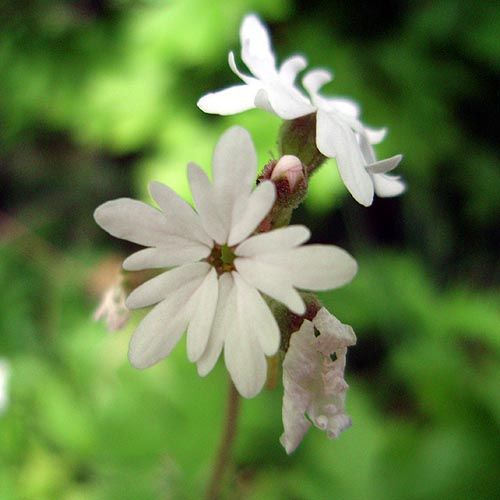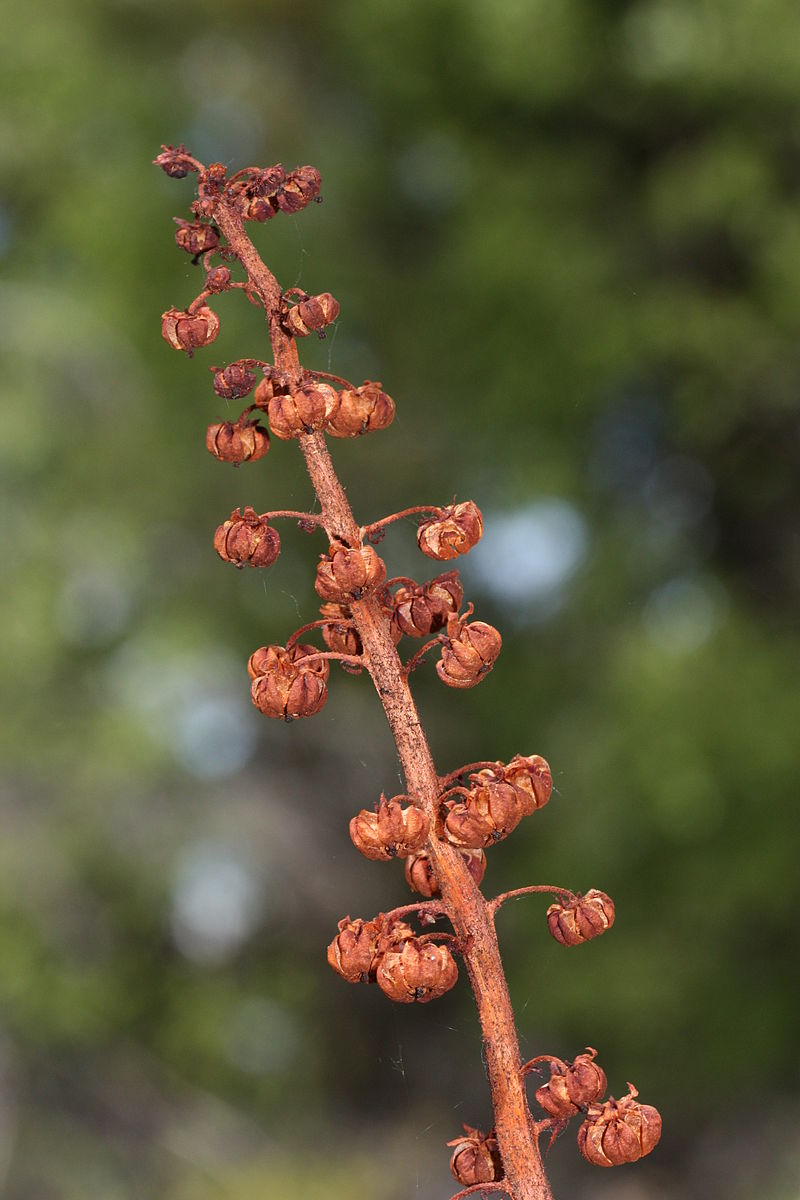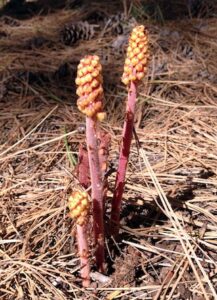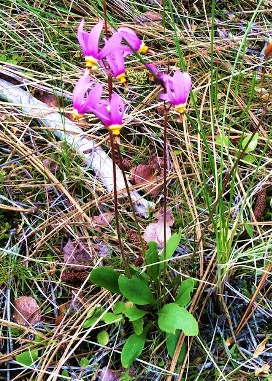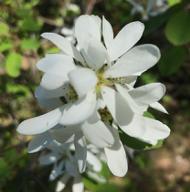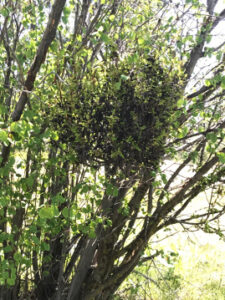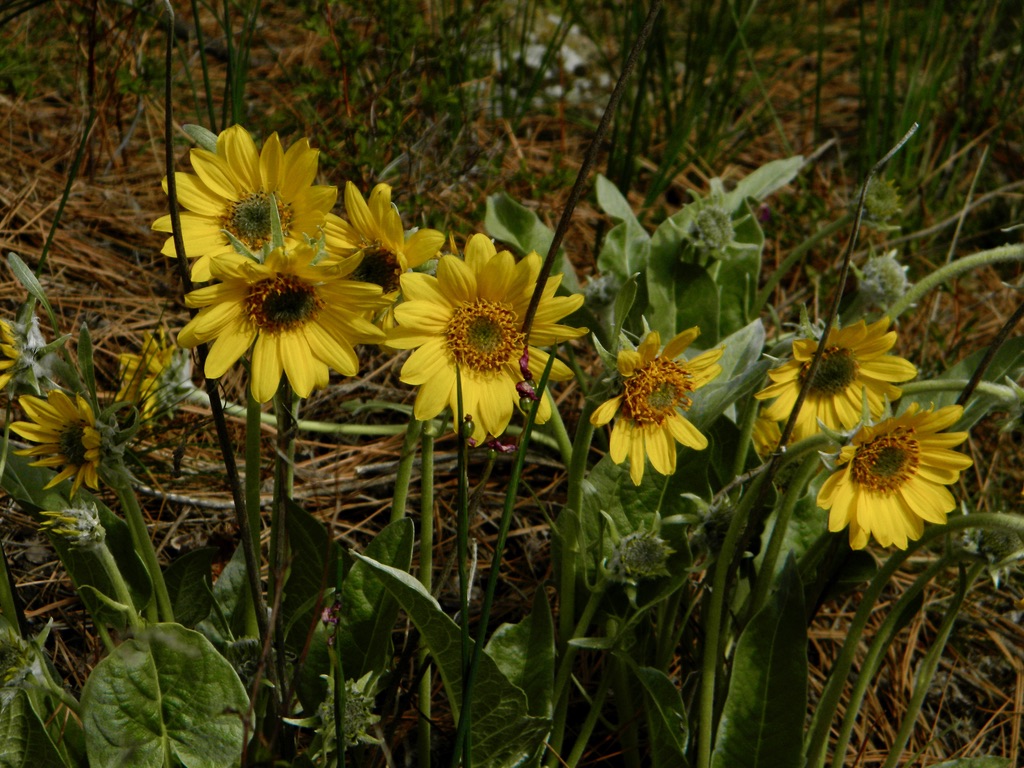
Do you know about the Sticky Geranium (Geranium viscosissimum)? It is a major food source for deer and elk, as well as for black and grizzly bears. Moose prefer its leaves and flowers during the spring and summer over other food sources. The word viscossissium means sticky. Its root can be dried and pounded into a fine astringent powder, and can be used to stop external bleeding. It is pollinated by flies, butterflies, and native bees. The roots and leaves of Sticky Geranium were used by the Blackfeet, Okanagan, Colville, Sanpoil, Nlaka’pmx and other indigenous peoples as a cold remedy, a dermatological aid, and treatment for sore eyes.

